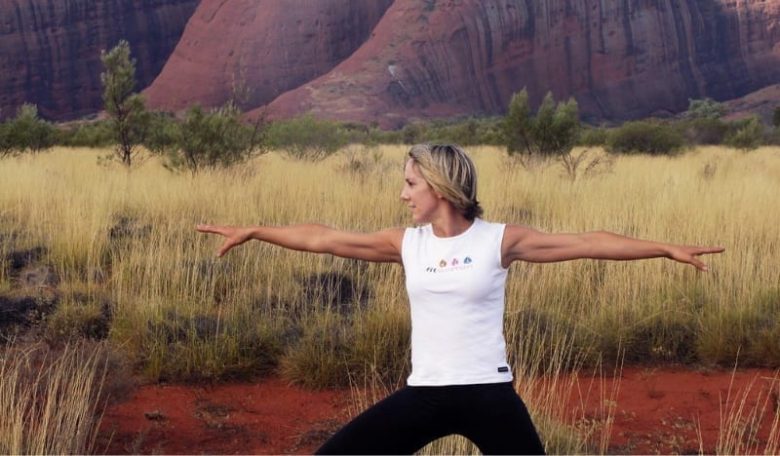Edwina Griffin reveals how you can start being mindful every day – and soon you’ll be naturally doing it without realising.
Mindfulness and meditation techniques have been around for thousands of years, and more recently scientists are discovering the benefits of mindfulness on strengthening the positive neural pathways in the brain through neuroplasticity.
The statistic that the average person’s mind wanders 49.6% of the time suggests the challenges in holding focused meetings and engaging staff, and experts are advising businesses to encourage staff to practise mindfulness and meditation to reduce stress and enable greater self-awareness.
Mindfulness promotes self-awareness, which is seen as the most important quality for leaders, and research shows that both mindfulness and meditation can reduce stress, boost productivity, focus and strengthen relationships. They can also assist with managing depression, anxiety, addiction recovery and relapse prevention.
Mindfulness is the process of bringing your attention to experiences occurring in the present moment and it can be developed through the practice of meditation and other training of the mind and awareness techniques.
With its roots in Buddhist meditation principles (but it doesn’t require any religion to follow mindfulness practices), mindfulness has been around for 2,500 years and has been practised in psychology since the 1970s.
Mindfulness provides an anchor to focus energies on the present moment rather than living in the past memories or future thoughts and is essentially the practice of being in the present moment and choosing to have your attention in the now.
Mindfulness involves bringing in meditation throughout your day so that it becomes not only the structured 20 minute meditations (as let’s face it many people don’t find the time for this every day), but also introducing several short mini-meditations or moments of presence throughout your day.
Although mindfulness has its roots in Buddhist meditation principles, anyone can practise mindfulness to improve their self-awareness and wellbeing. It can also be used for relaxing and is being studied to see if it can help treat various physical and mental health conditions.
Many of us tend to become caught worrying about the past or the future, and mindfulness practices can bring people out of the emotions of a past or future event into the now. This is about taking us from a ‘thinking’ state towards a more ‘sensing’ state so that our awareness comes back into our body, to our breath, to our muscles, to our immediate surroundings.
Four tips to bring the art of mindfulness into your every-day life:
Eating

Choose to bring your attention to the food you are eating prior to putting it in your mouth so that your focus becomes about the food. At each stage of eating, noticing the texture, flavour and your body’s response to the food, from when you it in your mouth, to chewing, to swallowing. This conscious, mindful eating will not only bring an appreciation to the food you eat, taking more time chewing will also help with digestion and the overall enjoyment of eating. Eating may become more like a ritual to be enjoyed rather than a necessity and solution to hunger.
Walking

Bringing your awareness to all that is occurring as you walk is a mindful practice. Notice your body in space, feel the ground under your feet, notice your breath as you walk, your body moving through space and observing all that is around.
Awareness to the present & body

When caught up in your day, take several short moments to stop and observe the present and become a witness to all that is going on, both within your own physical body and to all that is around you. As you observe the situation from a ‘balcony view’, notice what is going on for you and what emotions you may be feeling, without judging them.
Focus on Breath

Focusing on the breath takes you into a sensory space of stillness and presence as you observe the breath. Diaphragmatic breathing stimulates the parasympathetic nervous system responsible for healing and repair and so this physiological response also helps to relax your body and mind.
Edwina Griffin is a Health and High Performance expert with over 20 years’ experience in health and human performance. She does keynotes on stress management and mind-body connection, workshops and retreats on meditation (on and off-site) and leadership for corporations, as well as her public healing retreats. Eddie focuses on the interconnection and balance of our body, mind and soul for the benefit of the individual and for the culture and performance of an organisation. As the founder of Your Energy Evolution, Fitwomen, Fitmum and Adventurewomen her programs provide simple, cost-effective ways to transform your body, mind and energy and enable you to operate at your peak level. Edwina runs healing retreats (in Sydney, the Snowy Mountains and the Sunshine Coast), mindfulness, meditation and stress management courses for corporates, groups and individuals, personal development sessions, Fitmum programs, sound healing sessions and is a Clinical Hypnotherapist and Shamanic Practitioner.

For more details, go to http://www.healingretreat.com.au/









